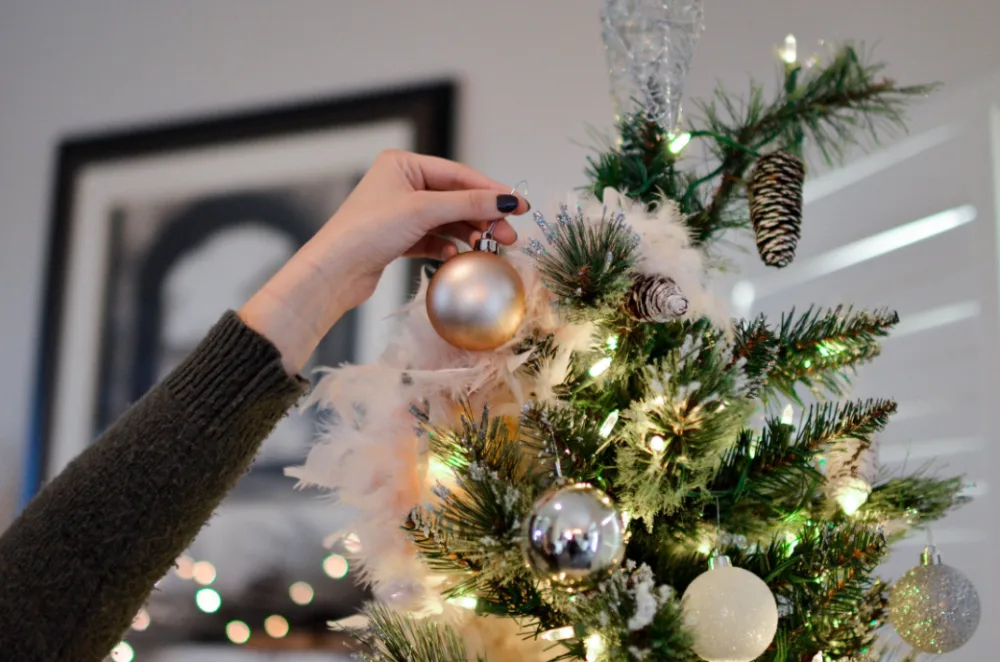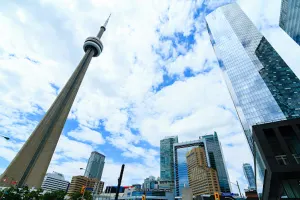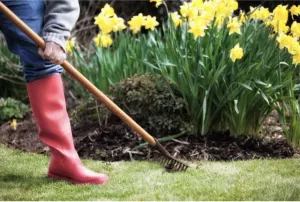
Real vs. fake: What's the most environmentally-friendly Christmas tree?
Will you be pulling your tree out of a box or out of the ground this year?
Many Canadians choose their tree based on aesthetic reasons, or maybe even reasons of convenience, but what about environmental reasons? When choosing your Christmas tree, what is the environmentally correct choice?
Our friends at Forests Ontario helped us out with an answer.
“The environmentally correct choice when it comes to Christmas trees is to pick a real one,” explains Rob Keen, CEO of Forests Ontario, told The Weather Network in 2014.
“Real trees not only smell and look great in your home, but when you are done with them, they can be mulched and put back into the soil, making them 100 per cent biodegradable.”
Keen also explained that many municipalities will collect Christmas trees after the season, decompose them and add them into trails and paths around your community. This will increase the richness of the soil.
“Research shows that artificial trees are replaced every five to seven years. These trees are petroleum-based, which means when they are sent to the landfill they will not decompose, they will just take up valuable space.”
The key here is that real trees are biodegradable.
Also, by purchasing a real tree you are supporting local economies as many trees are specifically grown for the Christmas season.
CHRISTMAS WRAPPING ALTERNATIVES, AVOID THE WASTE THIS HOLIDAY SEASON:
Thumbnail image courtesy: Pexels/Element5 Digital










